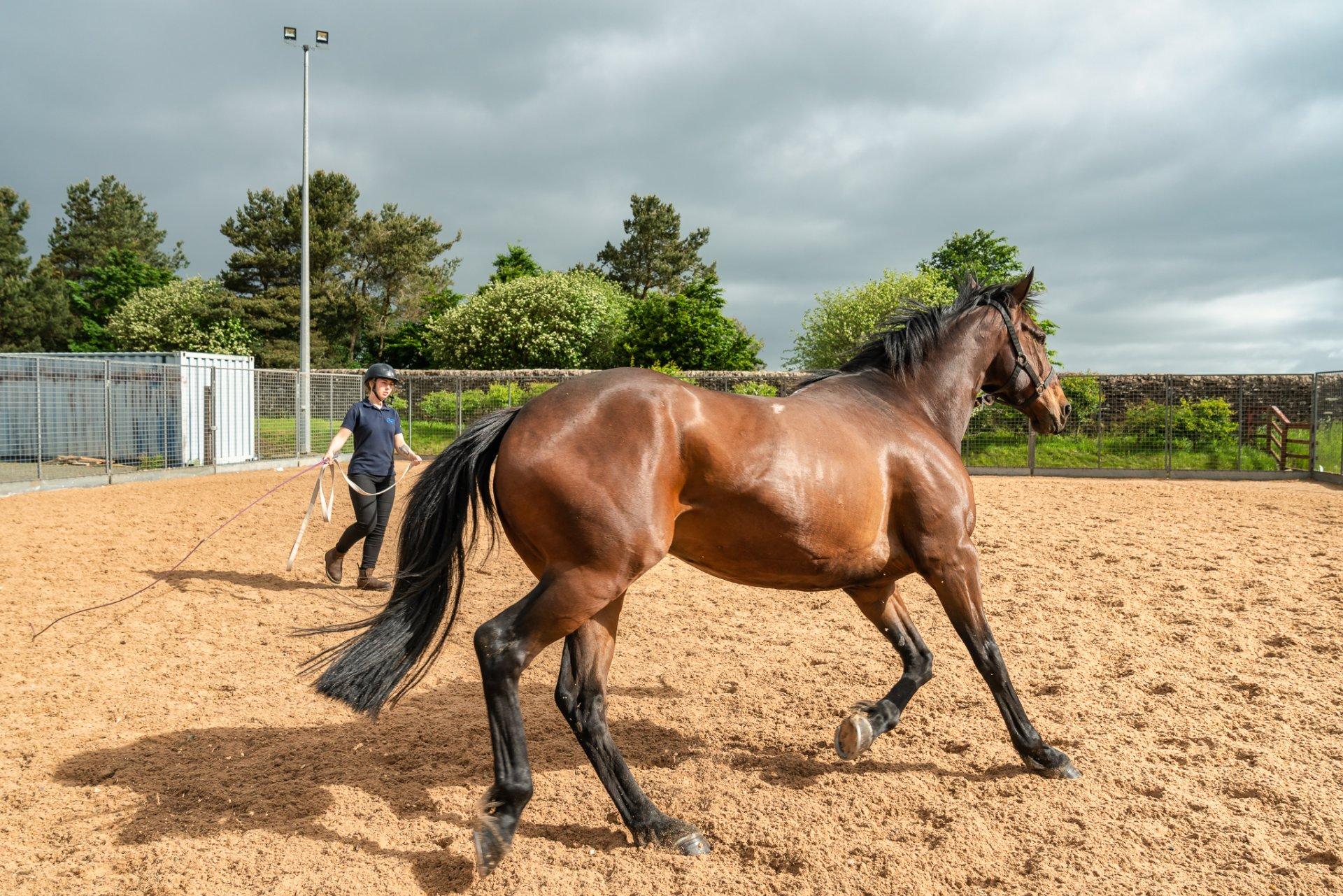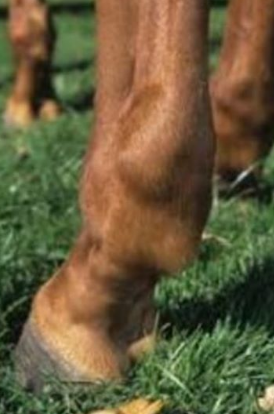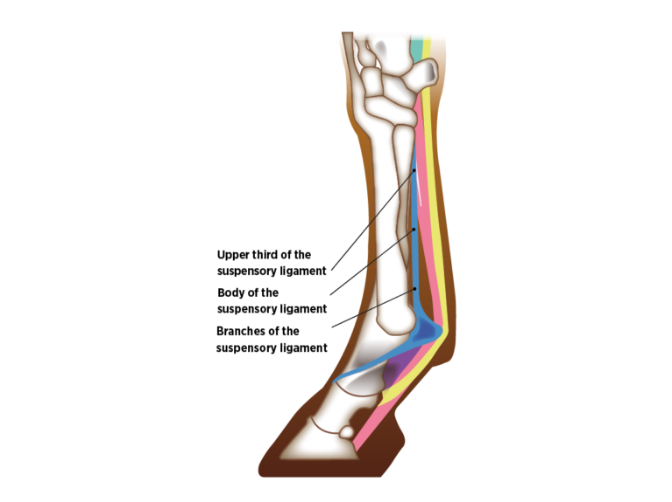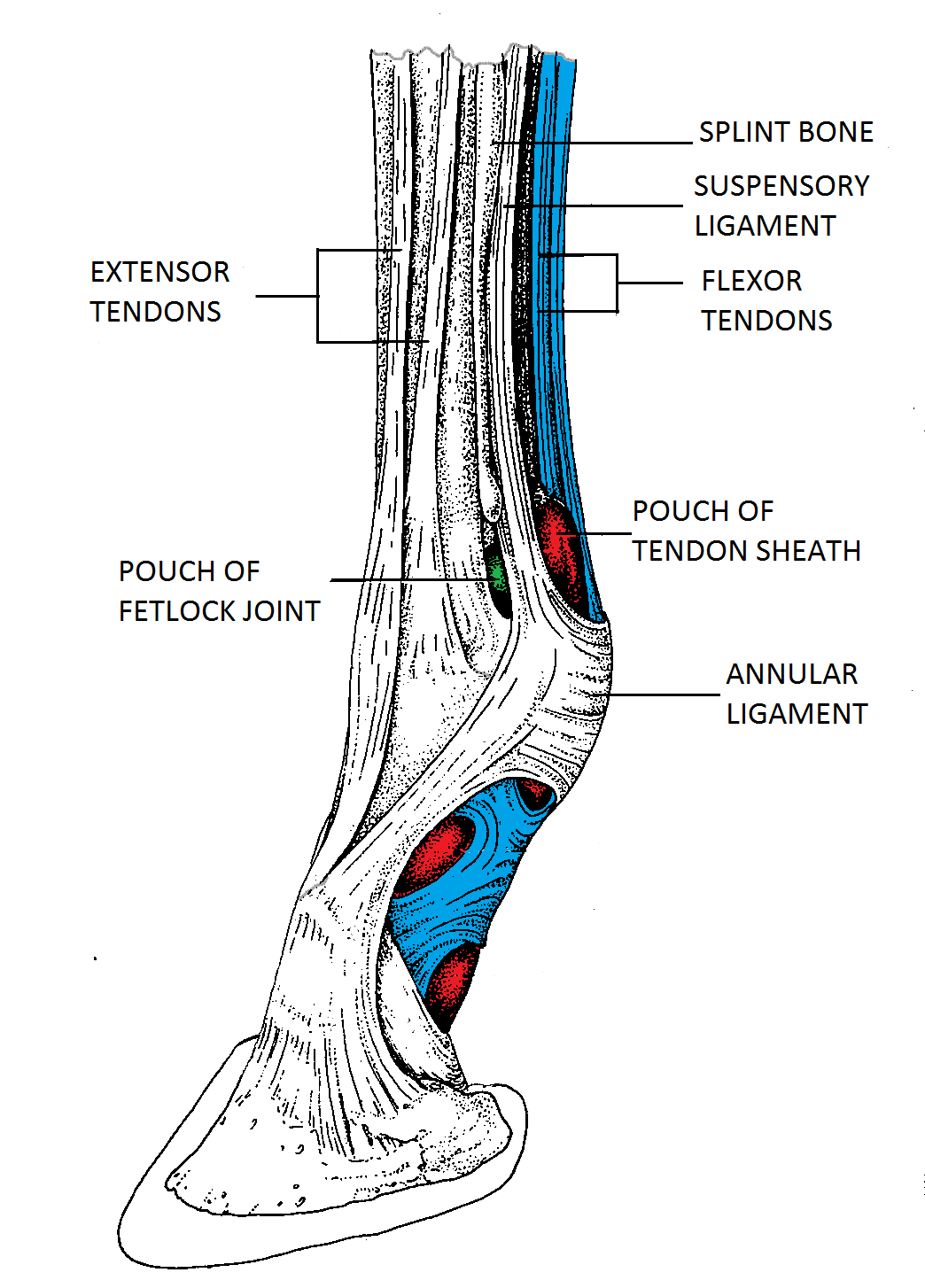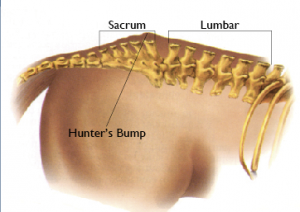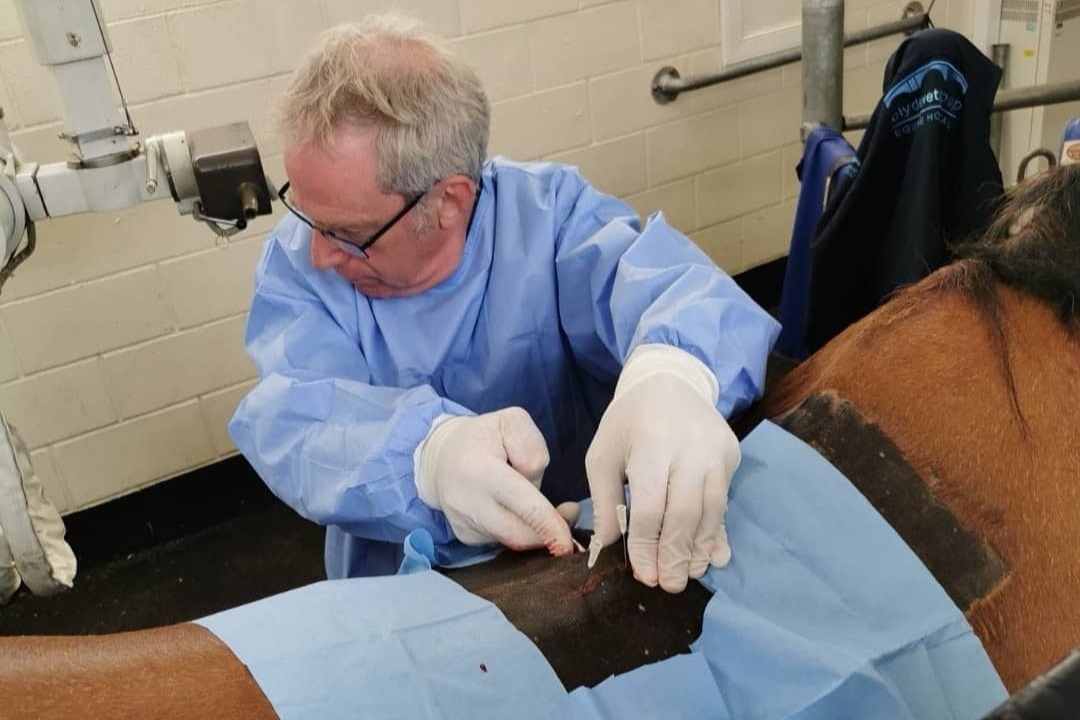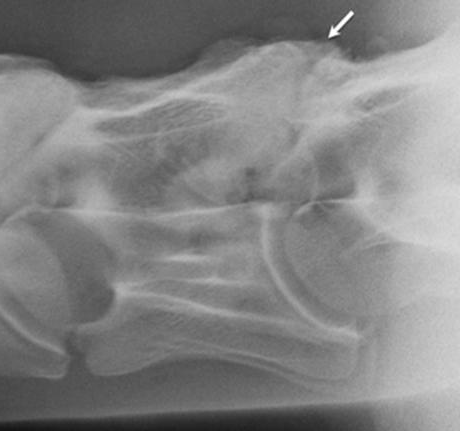Equine News and Advice
Stay up-to-date with all our latest news and information!
Spring 2025
Our Quarterly Update, Equine Influenza Initiative, Spring Grazing Guide, Soundness Check-Ups, and Pre-Purchase Examinations.
Our Quarterly Update, Equine Influenza Initiative, Spring Grazing Guide, Soundness Check-Ups, and Pre-Purchase Examinations.
Summer 2024
Our Quarterly Update, Summer Equine Healthcare, Revolutionising Equine Healthcare, Understanding Equine Behaviour, Mantaining Equine Hoof Health During summer & Common Equine Summer Emergencies.
Our Quarterly Update, Summer Equine Healthcare, Revolutionising Equine Healthcare, Understanding Equine Behaviour, Mantaining Equine Hoof Health During summer & Common Equine Summer Emergencies.
Autumn 2023
Our quarterly update, Autumn Worming, Cushing’s Disease – Time to Test, Exploring Equine Health, What To Look For When Buying A Horse, What Is Involved In A Lameness Examination? & Diagnostic Imaging Techniques
Our quarterly update, Autumn Worming, Cushing’s Disease – Time to Test, Exploring Equine Health, What To Look For When Buying A Horse, What Is Involved In A Lameness Examination? & Diagnostic Imaging Techniques
Summer 2023
Our Quarterly Update, Recognising Equine Summer Allergies, Exercise, Travel And Competing During The Warmer Months, All About Canker, Sustainability – Medications
Our Quarterly Update, Recognising Equine Summer Allergies, Exercise, Travel And Competing During The Warmer Months, All About Canker, Sustainability – Medications

